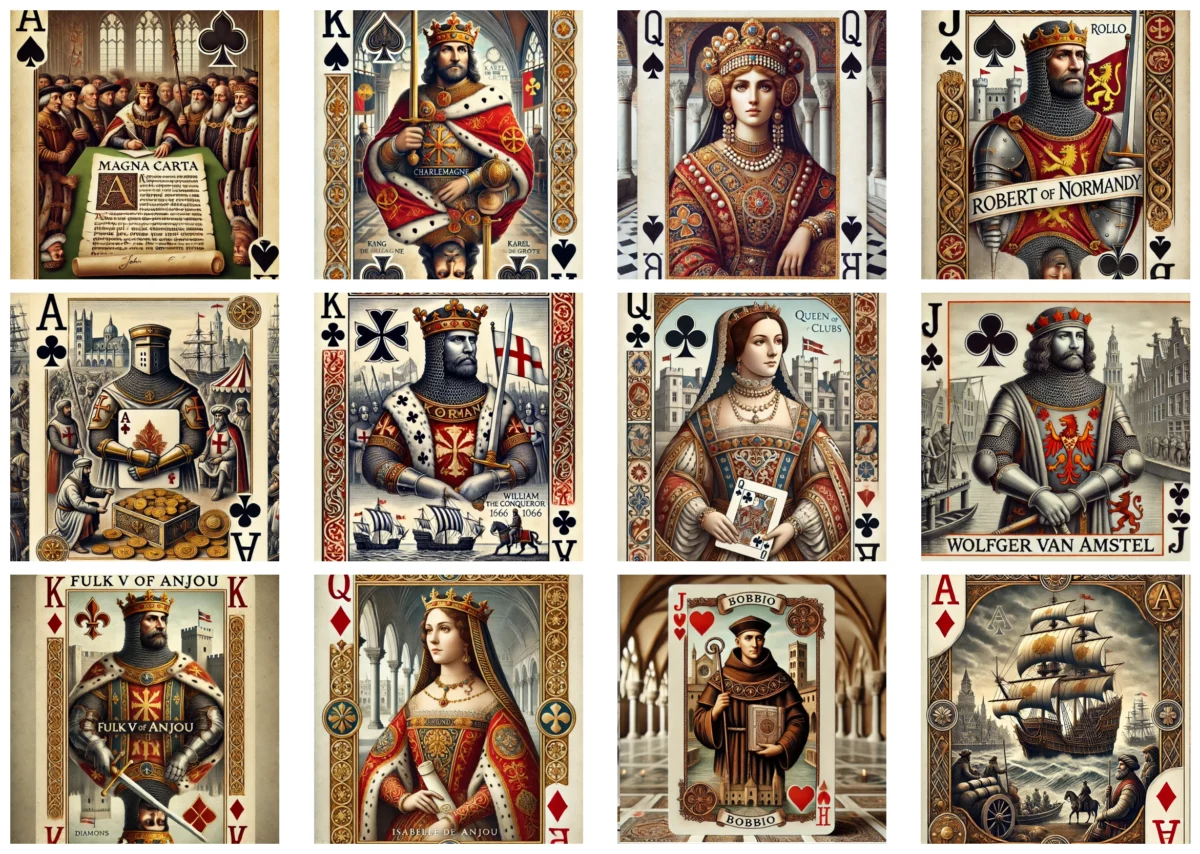SEO and content marketing are no longer just about writing blog posts and hoping for more traffic. Yet, many companies still make the mistake of creating content without data-driven insights. The result? A lot of traffic with no conversions, keywords that don’t deliver, and content that ultimately leads nowhere.
Where Things Go Wrong in SEO?
Many businesses treat SEO like a simple numbers game: cram in as many keywords as possible and wait for the magic to happen. In reality, this often leads to:
❌ Blog posts and pages that attract traffic but don’t generate leads or customers
❌ A focus on high-volume keywords without strategic value
❌ No clear content strategy aligned with the customer journey
The outcome? Competitors reap the benefits while your content gets clicks but no action.
How Smart Companies Approach SEO
The companies truly winning with SEO take a different approach. They work with a data-driven SEO strategy that focuses on:
✅ Understanding and predicting search intent – not every keyword with volume is valuable. Successful companies target long-tail keywords and queries closer to a buying decision.
✅ Related keywords and semantic SEO – Google now understands more than just individual terms. By using contextually related keywords, your content becomes more relevant.
✅ Logical content structure – rather than publishing random blog posts, they create a smart content hierarchy using pillar pages and topic clusters.
The Power of Long-Tail and Related Keyword Research
Many companies aim for broad, high-volume keywords like “CRM software” or “marketing strategy.” But that’s where the competition is fiercest. Real wins come from long-tail and related keywords:
🔹 Less competition, higher conversion – search terms like “best CRM software for freelancers” or “B2B SaaS marketing strategy” may have lower volume but attract users who are ready to take action.
🔹 Google understands context better than ever – by using related terms and entities, your content becomes relevant to a wider range of queries.
🔹 Align content with each stage of the buyer journey – broad keywords are often informational, while long-tail terms reflect more intent and better conversion potential.
The Strength of Semantic SEO
Semantic SEO is about creating content that’s not only optimized for specific keywords, but also for the meaning behind them. Instead of relying on exact keyword matches, Google now understands the intent and context of a search, thanks to Natural Language Processing (NLP).
Here’s what that means in practice:
🔍 You no longer need to stuff every keyword variation into your text. A well-written article about “sustainable energy for businesses” might also rank for searches like “green energy solutions for SMEs.”
🧠 Google looks at topic relationships. If you’re writing about SEO, it helps to also cover search intent, technical optimization, content structure, and user experience. This makes your page appear comprehensive and authoritative.
📚 Use entities – these are recognizable concepts, brands, people, or places that Google understands. Mentioning tools or concepts like Google Search Console, HubSpot, or B2B content strategy provides richer context to your content.
Semantic SEO not only improves your ranking for one keyword, but increases your visibility for a whole ecosystem of relevant queries. It makes your content future-proof and more valuable to both search engines and users.
Conclusion: Make SEO Smarter, Not Harder
Effective SEO isn’t about using as many keywords as possible — it’s about using the right keywords at the right time. Focus on search intent, semantic relationships, and structured content strategies to truly make an impact.
Curious how to optimize your content strategy? Send a message or leave a comment! 🚀

